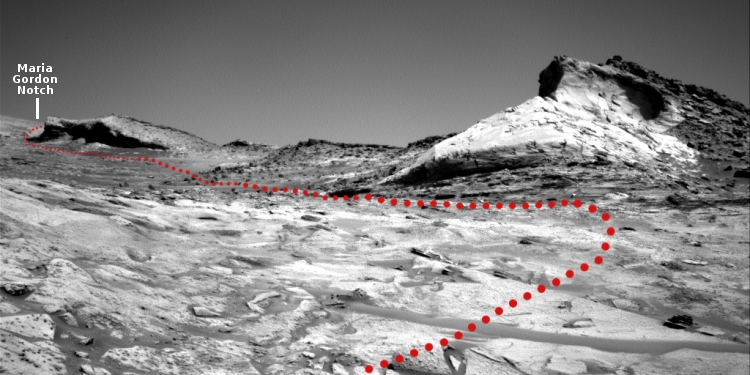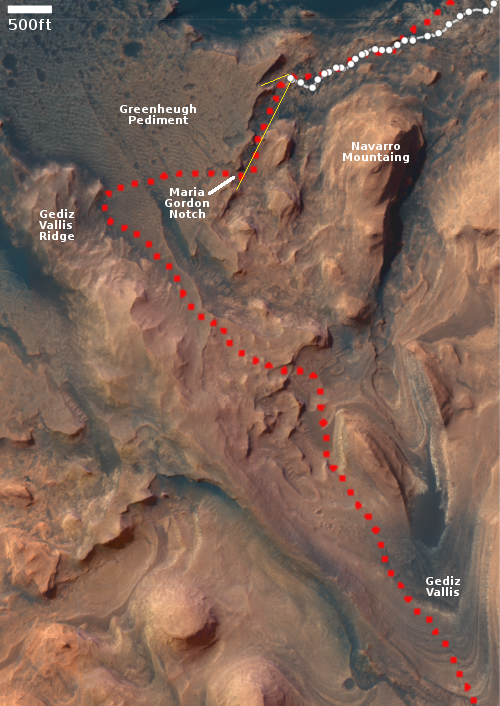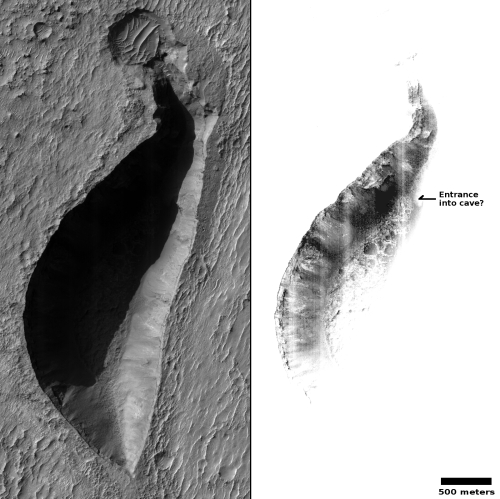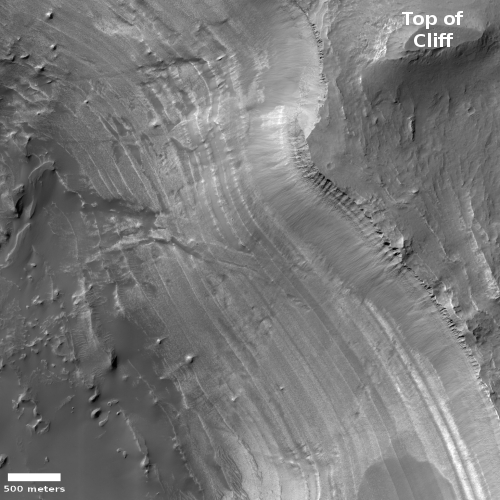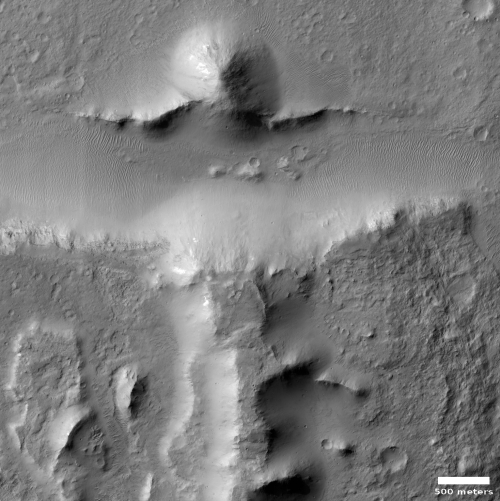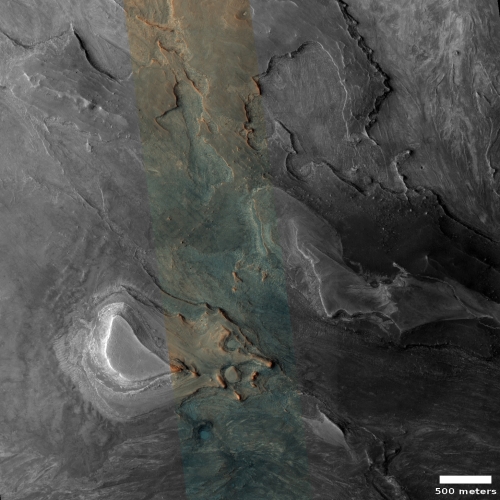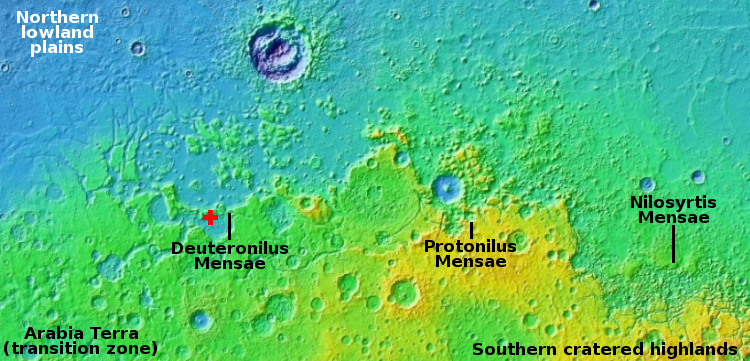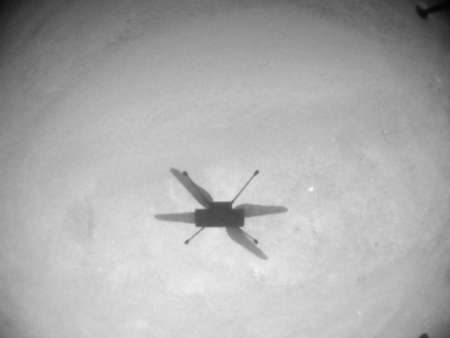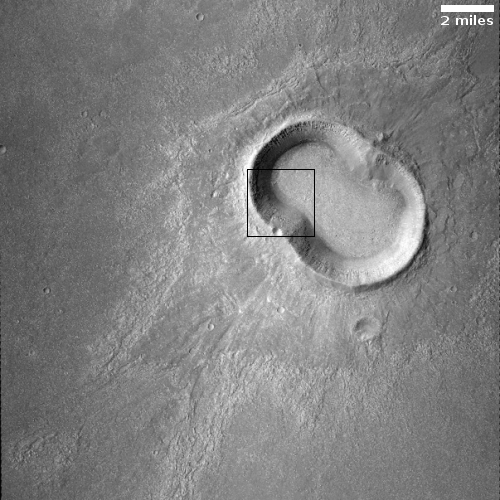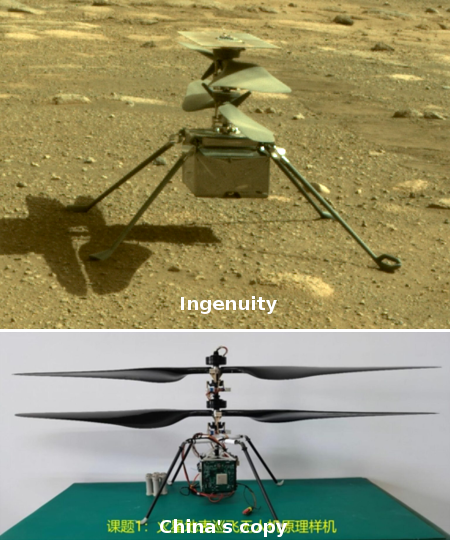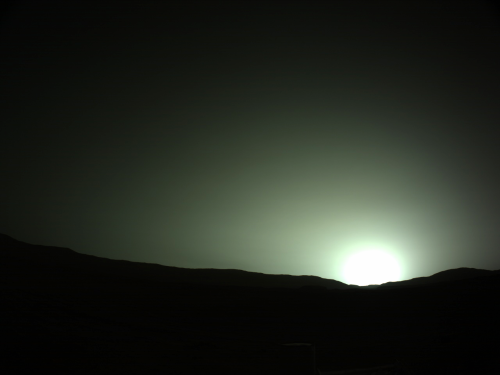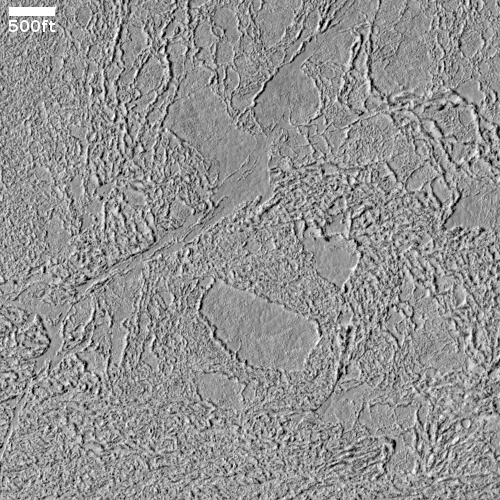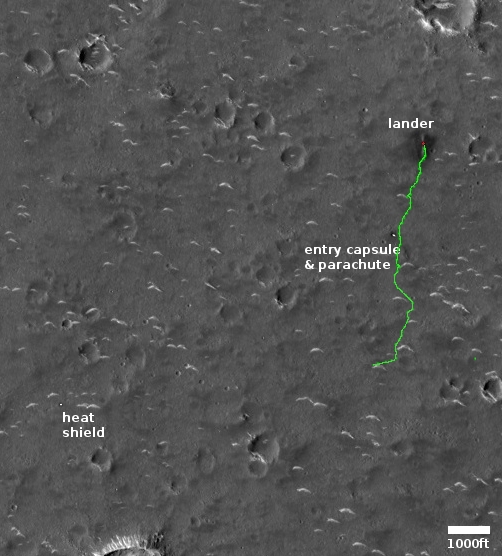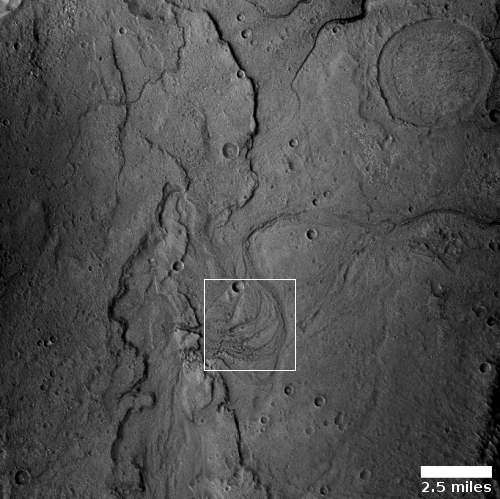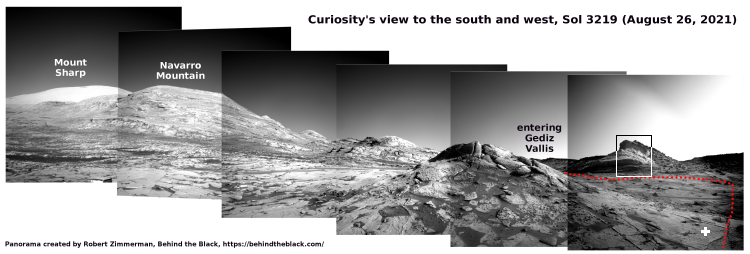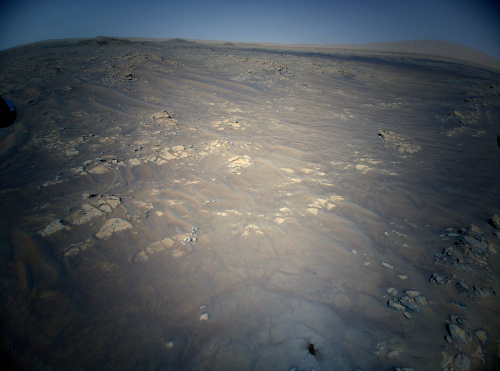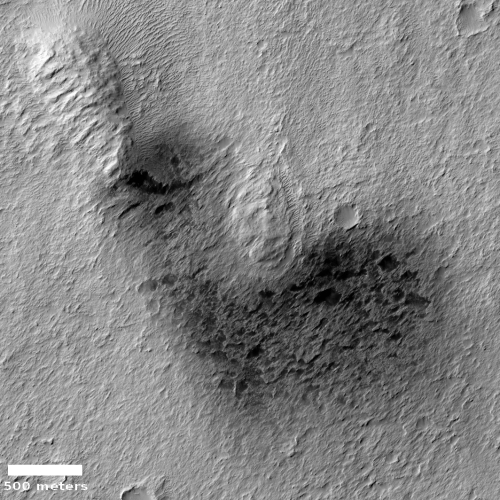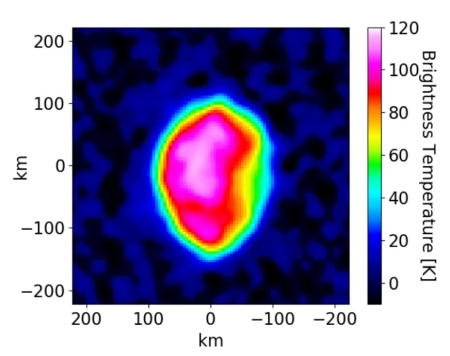Curiosity: Into the mountains!
Time for another cool image from Curiosity. The photo above was taken by one of the rover’s navigation cameras today, and looks south in the direction of Curiosity’s future travels. The red dotted line shows that planned route, along the cliff face to then turn west into what the science team has dubbed Maria Gordon Notch, in honor of a Scottish scientist from the early 20th century.
The map to the right gives the context as seen from above, as well as the planned travels beyond the notch. The white dotted route marks Curiosity’s actual travel route. The red dotted line marks the planned route. The yellow lines the area seen in the above picture.
At present Curiosity is paused as it performs a new drilling campaign about 200 feet from the base of that cliff face, drilling the rover’s 33rd hole on Mars.
The outcrop resembling a ship’s prow on the image’s right, which I still consider the most spectacular rock outcrop seen yet on any planetary mission anywhere, is about 100 feet high.
Time for another cool image from Curiosity. The photo above was taken by one of the rover’s navigation cameras today, and looks south in the direction of Curiosity’s future travels. The red dotted line shows that planned route, along the cliff face to then turn west into what the science team has dubbed Maria Gordon Notch, in honor of a Scottish scientist from the early 20th century.
The map to the right gives the context as seen from above, as well as the planned travels beyond the notch. The white dotted route marks Curiosity’s actual travel route. The red dotted line marks the planned route. The yellow lines the area seen in the above picture.
At present Curiosity is paused as it performs a new drilling campaign about 200 feet from the base of that cliff face, drilling the rover’s 33rd hole on Mars.
The outcrop resembling a ship’s prow on the image’s right, which I still consider the most spectacular rock outcrop seen yet on any planetary mission anywhere, is about 100 feet high.

